2023–24 ECLIPSE BALLOONING PROJECT
THE PROJECT
Following a successful experience during the 2017 solar eclipse, the Wyoming Space Grant once again participated in the Nationwide Eclipse Ballooning Project (NEBP) for the 2023–2024 solar eclipse cycle. The NEBP, led by the Montana Space Grant, was supported by NASA’s Science Mission Directorate Science Activation program and by NASA’s Space Grant College and Fellowship program. More than 50 teams from 75 different institutions across the United States participated this time around.
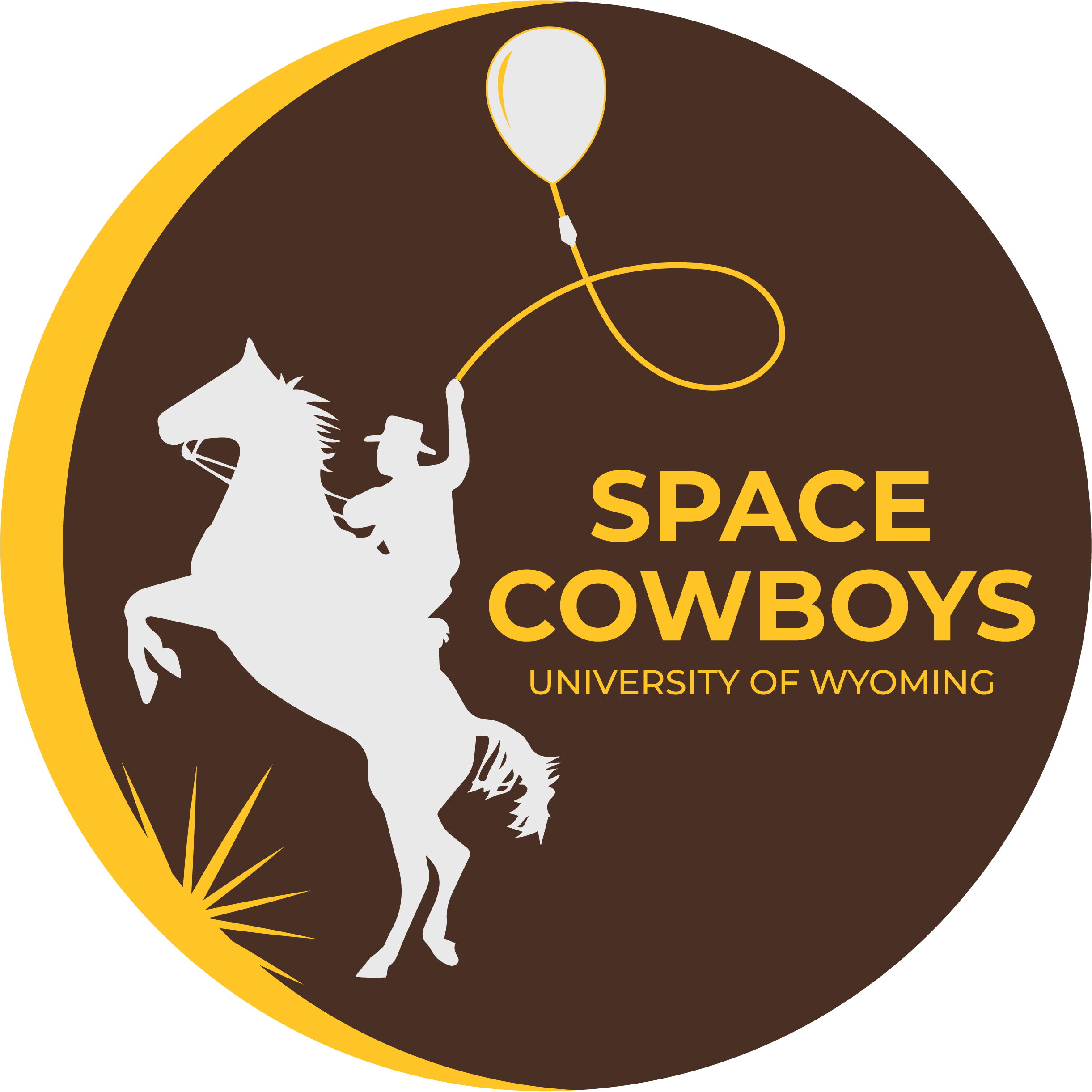

NEBP teams chose to either pursue the engineering track or the atmospheric science track. Those doing the engineering track attempted to stream live video footage from the stratosphere along the path of totality during the 8 April 2024 total solar eclipse. They used large high-altitude balloons to carry their streaming equipment to 70,000+ ft above sea level, where the onboard cameras had a spectacular view as the eclipse shadow traversed across the landscape below. Teams who chose the atmospheric science track flew hourly radiosondes on smaller weather balloons for 30+ consecutive hours around the eclipse. The radiosonde data will later be analyzed to better understand how the eclipse affects Earth’s atmosphere.
We supported three Wyoming teams for the 2023–24 NEBP. Two of these teams, led by faculty from Casper College and Central Wyoming College, received partial support from us and were both engineering track. For the total eclipse, they launched their balloons from a location in southeast Oklahoma. We also led the “UW Space Cowboys” atmospheric science team from the University of Wyoming. For the total eclipse, the Space Cowboys launched their radiosonde balloons from a location in northwest Ohio.
UW SPACE COWBOYS
Our atmospheric science team was comprised of eight undergraduate students from UW, two mentors on staff with the Wyoming Space Grant, and a graduate student mentor from the UW Department of Physics & Astronomy. Six of the eight undergraduate participants were women, and seven of the eight majored in STEM. The project was structured to provide these students with a plethora of hands-on learning experiences and other opportunities for both personal and career growth. Each student had a specific role (e.g., data analysis, programming/coding, social media, outreach, etc.), allowing everyone to contribute directly to the team’s success.
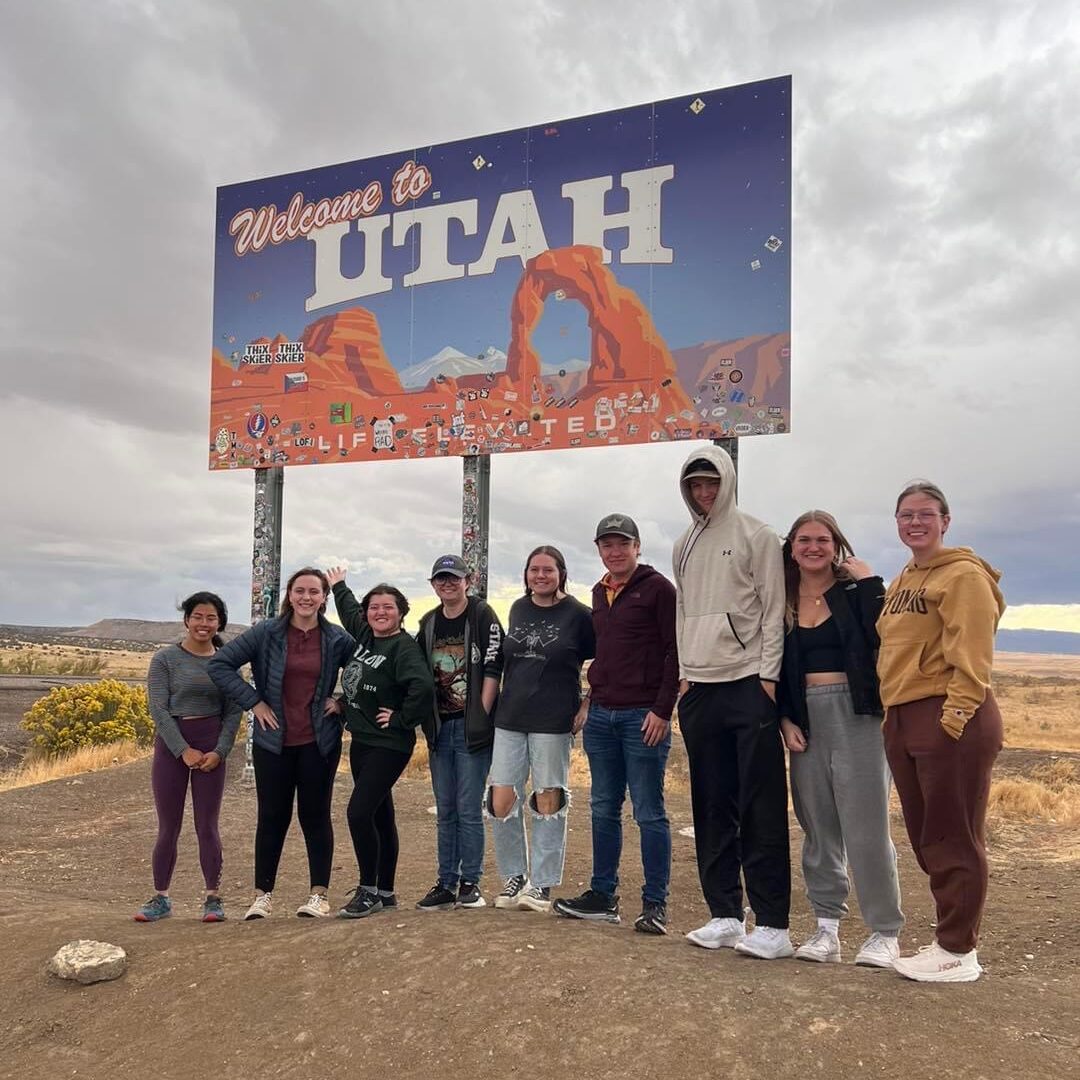
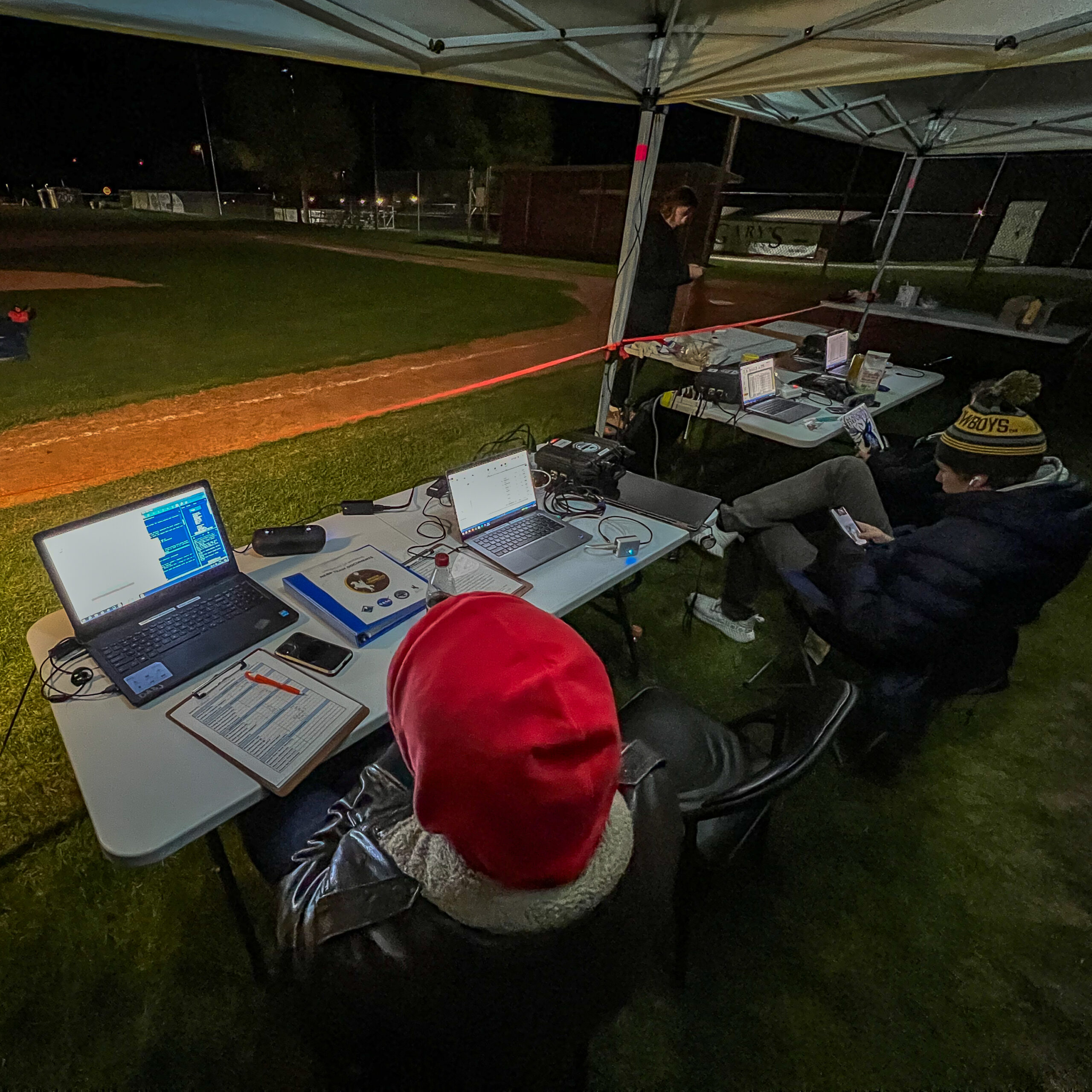
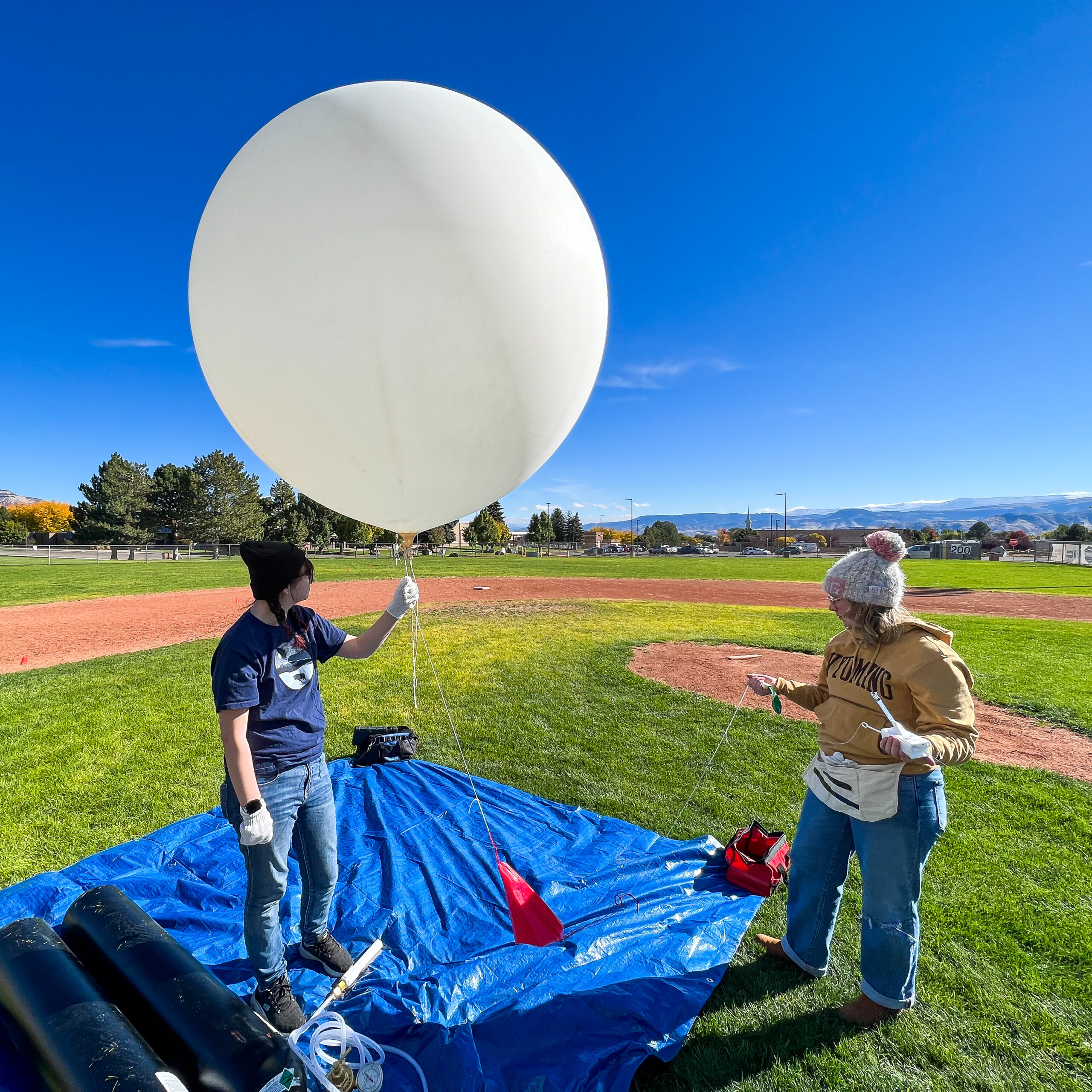
2023 ANNULAR SOLAR ECLIPSE
After many hours of practice and preparation during the spring, summer, and early fall of 2023, the Space Cowboys embarked on Richfield, UT, in October 2023 to launch radiosondes during the annular solar eclipse. We flew 30 radiosondes in 30 hours, both day and night, from the sports complex on the campus of Snow College. We shared a launch site with the two Wyoming engineering track teams, who successfully flew their live stream balloons during the eclipse. While in Richfield, our team also engaged in outreach with local middle and high school students. To cap it off, we witnessed a spectacular 4-minute 38-second annular eclipse on October 14 with nearly perfect viewing conditions. Our students raved about the experience and how much they were looking forward to the total eclipse just 6 months later.
2024 TOTAL SOLAR ECLIPSE
Unlike the 2017 total eclipse, which passed through the middle of Wyoming, the 2024 total eclipse passed through the eastern half of the United States, from Texas to Maine. Our Space Cowboys team traveled to Bluffton, OH, to launch their radiosondes and watch the eclipse. This time, we flew 32 radiosondes in 31 hours from the Bluffton University campus. While there, the team once again engaged with local students and community members in outreach, many of whom visited the launch site to watch the team in action. Totality on April 8 lasted for 3 minutes 45 seconds in Bluffton, beginning shortly after 3:00pm local time. Viewing conditions during the eclipse were fantastic across the region and the overall experience was incredible!



DATA AND INSTRUMENTATION
Each of our weather balloons carried a small 70-gram radiosonde package. They are the same radiosondes currently used by the National Weather Service for their daily weather balloon flights. The radiosondes were outfitted with various sensors to measure temperature, humidity, air pressure, wind speed and direction, altitude, latitude, and longitude during flight. They transmitted their data back to our launch site every 1 second via radio signals, which our laptops then decoded using special equipment and software. A typical radiosonde ascended through the atmosphere for ~2 hours, reaching altitudes of 110,000+ feet above sea level. Eventually, the balloon popped and the radiosonde slowly fell back to the ground with a small parachute.
We also operated a surface weather station at our launch site. It measured temperature, humidity, air pressure, wind speed and direction, and solar radiation every 2 seconds at a height of 2 meters above ground level. While the radiosonde measurements allowed us to monitor changes in the upper atmosphere before, during, and after the eclipse, this weather station allowed us to continuously monitor atmospheric changes right near the ground.


For the annular eclipse, where only 90% of the sun was obscured, our measurements showed that the atmospheric changes near the ground during the eclipse were relatively minor. Our surface weather station detected a modest 0.6°C (1.1°F) temperature drop at the launch site from about 30 minutes before eclipse annularity to about 10 minutes after. The measurements from radiosondes launched 28 minutes before and 32 minutes after annularity showed very little difference, although measurements closer to annularity would have likely revealed some subtle differences.
For the total eclipse, the lower atmospheric response was more pronounced. For example, one of our radiosondes, launched 23 minutes after totality had ended, revealed the presence of a shallow temperature inversion that had developed in the lowest 50 m above the ground during the eclipse. This inversion coincided with a 3.6°C (6.5°F) temperature drop at our launch site during totality. The difference in the atmospheric response between the annular and solar eclipses is likely due to two factors: (1) the total eclipse resulted in the entire sun being obscure; and (2) the total eclipse occurred in the middle of the afternoon while the annular eclipse occurred in the morning. The total eclipse therefore resulted in a much larger decrease in solar radiation, which necessarily corresponded with a larger change in atmospheric conditions.
TEAM MEMBERS
Undergraduate Students
- Sydney BenChaabane – Anthropology
- Riley Geldean – Chemical Engineering
- David Gordon– Astronomy & Astrophysics
- Hunter Kindt – Mechanical Engineering
- Amelia Myers – Astronomy & Astrophysics
- Erin Poyer – Mechanical Engineering
- Carson Rardin – Statistics
- Samantha Smith – Computer Engineering
Mentors
- Phil Bergmaier – Wyoming Space Grant
- Lauren Kim – Physics PhD Student
- Shawna McBride – Wyoming Space Grant

